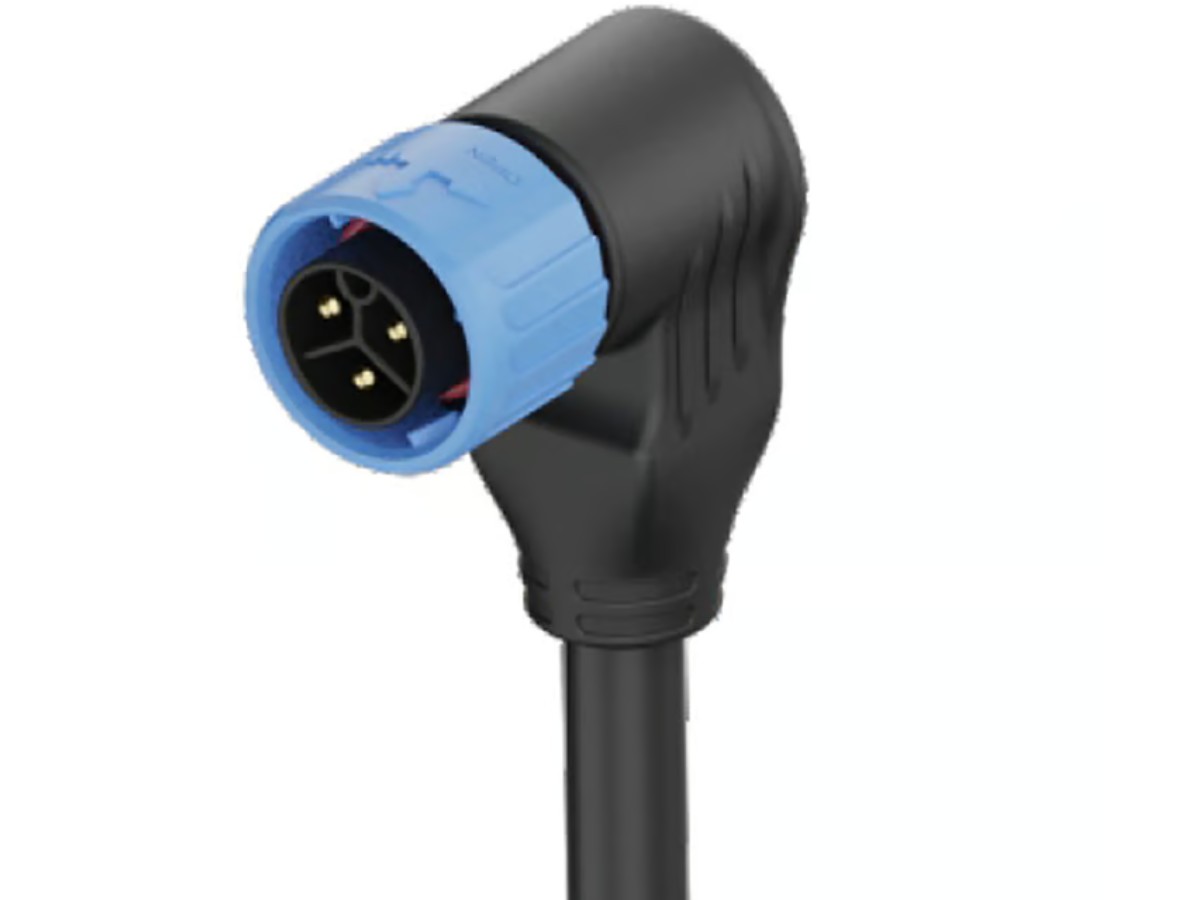Introduction
In a world driven by connectivity, reliable and durable connectors are essential to keep systems running smoothly. M20 Waterproof Connectors have emerged as a groundbreaking solution, offering robust protection against environmental elements while ensuring secure connections. This article delves into the world of M20 Waterproof Connectors, exploring their features, advantages, guiding you in selecting the right connector, offering installation insights, and providing maintenance tips for uninterrupted performance.
What Are M20 Waterproof Connectors?
M20 Waterproof Connectors are part of the versatile family of connectors designed to maintain watertight and dustproof connections in demanding environments. Named after their M20 metric threaded design, these connectors are constructed to withstand moisture, dirt, and other external factors that could compromise connections. They feature a circular housing that encapsulates the connection interface, providing a secure barrier against water infiltration and ensuring consistent performance.
Benefits of M20 Waterproof Connectors
-
Reliable Protection: M20 Waterproof Connectors are engineered to provide an exceptional level of protection against water and dust, making them an ideal choice for outdoor and industrial applications. From marine electronics to outdoor lighting, these connectors safeguard connections from the harshest conditions.
-
Versatile Usage: With varying pin configurations and sizes, M20 Waterproof Connectors can accommodate a wide range of data and power requirements. This adaptability allows them to be seamlessly integrated into diverse systems, ensuring efficient connections across industries.
-
Durability in Challenging Environments: M20 Waterproof Connectors excel in environments with high humidity, extreme temperatures, and exposure to chemicals. Their robust construction ensures reliable performance in applications where traditional connectors might fail.
-
Ease of Installation: These connectors often come with user-friendly locking mechanisms, such as bayonet or screw-lock designs, making installation hassle-free. This feature is particularly valuable in scenarios where connections need to be established quickly and securely.
-
Longevity: M20 Waterproof Connectors' ability to withstand environmental stresses translates to increased longevity. This factor not only reduces maintenance costs but also ensures consistent performance over time.
How to Choose the Right M20 Waterproof Connector
Selecting the appropriate M20 Waterproof Connector requires careful consideration of your specific needs:
-
Pin Configuration and Size: Determine the number of pins or contacts required for your application. Also, consider the available space for installation to ensure a seamless fit.
-
IP Rating: Check the Ingress Protection (IP) rating of the connector. Higher IP ratings indicate a higher level of protection against water and dust. Choose a rating that aligns with the environmental conditions your connectors will face.
-
Voltage and Current Ratings: Understand the voltage and current levels your application demands. Opt for a connector that can handle these specifications to ensure safety and optimal performance.
-
Connector Material: Different environments require different materials. Select connectors made from materials that resist corrosion and degradation, ensuring a longer lifespan.
Installation and Usage of M20 Waterproof Connectors
-
Pre-Installation Inspection: Thoroughly inspect the connectors and cables before installation to identify any damage or defects. Addressing these issues beforehand prevents potential complications during installation.
-
Proper Cable Preparation: Follow manufacturer guidelines for cable preparation, ensuring proper insulation stripping and wire termination. Accurate cable preparation is critical to achieving reliable connections.
-
Locking Mechanism: Engage the locking mechanism according to the manufacturer's instructions to secure the connector in place. This step ensures a watertight seal and prevents accidental disconnection.
-
Regular Checks: Periodically inspect connectors for signs of wear, corrosion, or damage. Promptly replace any compromised connectors to avoid potential system failures.
Maintenance and Troubleshooting of M20 Waterproof Connectors
-
Regular Cleaning: Keep connectors clean by using appropriate cleaning agents and methods. Regular cleaning prevents the buildup of dirt and debris that could compromise the seal.
-
Inspect Seals: Check the seals and gaskets for signs of wear or damage. Damaged seals should be replaced promptly to maintain the connector's waterproof integrity.
-
Troubleshooting: If you experience connectivity issues, start by inspecting the cable connections and seals. Ensure proper engagement of the locking mechanism and assess the condition of the cable itself.
Conclusion
M20 Waterproof Connectors have revolutionized connectivity solutions by providing reliable performance even in the most challenging conditions. Their protective features, versatility, and ease of use make them an indispensable asset across industries. Choosing the right connector, following proper installation procedures, and adhering to regular maintenance practices are key to unlocking their full potential. With M20 Waterproof Connectors, you can confidently power connections in any environment, ensuring seamless operations and uncompromised performance.

